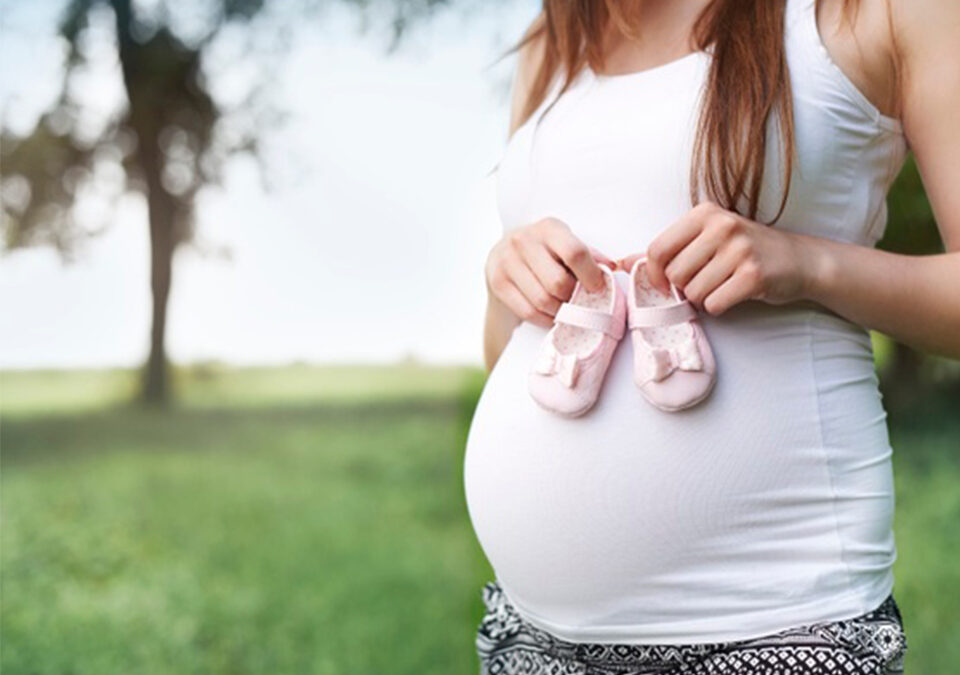
Can Diabetes Lead To Depression?
December 9, 2021
Women’s Health And Diabetes
December 9, 2021The risk of developing preeclampsia is increased two to fourfold among those women with Type 1 or Type 2 diabetes.
The limited number of pregnant women with pre-existing diabetes and the difficulties that are associated with the diagnosis of preeclampsia in women with the condition of proteinuria before pregnancy are major barriers to research when it comes to the high-risk population.
Gestational diabetes mellitus (GDM) also increases the risk of developing preeclampsia, although it is not quite clear whether these two conditions have a common pathophysiological pathway.
Women without diabetes who have developed preeclampsia are increasingly likely to develop Type 2 diabetes later in life.
When it comes to women with Type 1 Diabetes, a history of preeclampsia is generally associated, with an increase in the risk of developing diabetic retinopathy and nephropathy.
Preeclampsia
Preeclampsia is one of the leading causes of maternal as well as foetal morbidity and mortality. Type 1 diabetes, Type 2 diabetes, and gestational diabetes increase the risk of preeclampsia.
The condition is diagnosed in women demonstrating symptoms of hypertension and proteinuria during the latter half of pregnancy.
Successful delivery remains the sole known cure for preeclampsia, and effective strategies when it comes to prevention are lacking.
The pathophysiology of preeclampsia is still quite elusive. Current research suggests that clinical features of this condition are caused by systemic maternal endothelial dysfunction that results from a combination of abnormal placental development and pre-existing maternal risk factors.
Maternal risk factors include chronic hypertension, advanced maternal age, pre-pregnancy obesity, and several other cardiovascular risk factors. These characteristics may lead to oxidative stress, vascular dysfunction, and inflammation, which have been implicated in the aetiology of preeclampsia. Insulin resistance, too, has been hypothesised to contribute to the pathophysiology of this condition.
Association Between Preeclampsia and Type 1 or Type 2 Diabetes

Pre-existing diabetes is a significant risk factor for preeclampsia. Obesity remains a shared risk factor for both preeclampsia as well as Type 2 diabetes. That said, the greater risk of developing preeclampsia among women with Type 2 diabetes persists even in women even when they are matched for body mass index (BMI).
Known risk factors for the development of preeclampsia among those women with Type 1 as well as Type 2 diabetes include advanced maternal age, nulliparity, previous occurrence of preeclampsia, poor glycaemic control, retinopathy, nephropathy, microalbuminuria, hypertension, and a long duration of diabetes.
Association Between Preeclampsia And Gestational Diabetes

Gestational diabetes mellitus (GDM) has been defined as hyperglycaemia that is diagnosed for the first time during pregnancy.
GDM and preeclampsia share several risk factors, such as nulliparity, advanced maternal age, pre-pregnancy obesity, and multi-foetal pregnancies.
GDM is frequently listed as a risk factor for the development of preeclampsia. That said, prior research on the co-occurrence of these two conditions has been often underpowered and/or failed when it comes to accounting for shared risk factors, such as obesity.
To successfully address these issues, a retrospective study of 647,392 pregnancies in the German Perinatal Quality Registry examined the relationship that exists between GDM and preeclampsia, while effective controlling for common risk factors.
The authors found that the odds of developing preeclampsia were increased in women with GDM, even after successfully controlling for age, job status, nationality, parity, smoking, multi-foetal pregnancy, pre-pregnancy weight status, and gestational weight gain.
These results successfully concur with other birth-registry studies in Sweden and Canada, concluding that GDM is an independent risk factor for the development of preeclampsia.
It is not quite clear whether a common aetiological pathway underlies both preeclampsia and GDM. In comparison with women with healthy pregnancies, it has been identified that several maladaptations to pregnancy are present in both GDM and preeclampsia. These include endothelial dysfunction, angiogenenic imbalance, increased oxidative stress, and dyslipidaemia.
That said, it is quite difficult to know if abnormalities in these biomarkers result from a common aetiology or if they are responses to diverse underlying disease processes in women with GDM and preeclampsia.
Some researchers have postulated that pre-pregnancy risk of developing cardiovascular disease paves the way for preeclampsia. Inappropriate placentation can lead to systemic endothelial dysfunction as well as inflammation, which is successfully reflected by the biomarkers mentioned above. In contrast, these researchers argue that GDM has pre-pregnancy origins in dysfunction in beta cells, which is only unmasked by a progressive resistance to insulin during pregnancy. That said, this theory has not been adequately evaluated.
On a Final Note:
The high prevalence of preeclampsia among those women with pre-existing diabetes highlights the requirement for research that successfully examines predictive markers, pathophysiology, treatment, and long-term health implications. Moreover, there is an urgent need for standardised criteria to diagnose preeclampsia in women with proteinuria before pregnancy.
References:




